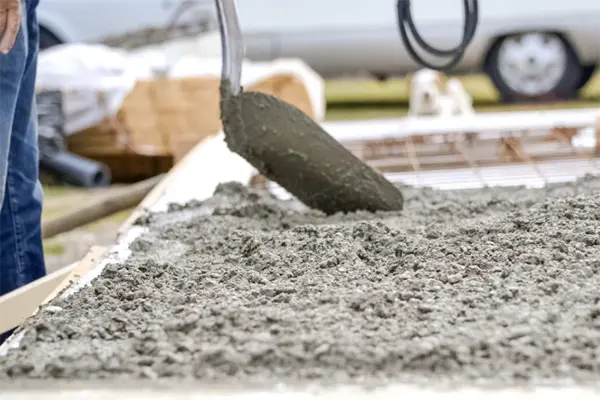Concrete is one of the most widely used construction materials globally, prized for its durability and strength. However, to achieve the desired properties for specific applications, various additives are mixed with the basic ingredients of concrete (cement, aggregate, and water). These additives, known as concrete admixtures, can enhance the strength and workability of the concrete, among other benefits. In this blog post, we’ll explore different types of admixtures used to increase the strength of concrete and how they function.

1. Water-Reducing Admixtures
Also known as plasticizers, water-reducing admixtures allow the concrete to maintain its workability while reducing the amount of water needed in the mix. Less water means a higher cement content relative to the volume of the mix, which results in increased strength.
2. High-Range Water-Reducers (Superplasticizers)
High-range water-reducers are a more potent version of water-reducing admixtures. They can significantly increase the workability of the concrete while allowing for a substantial reduction in water content, leading to stronger and more durable concrete.
3. Air-Entraining Admixtures
Air-entraining agents increase the air content within the concrete, which can improve its workability and resistance to freeze-thaw cycles. Although the primary purpose isn’t to increase strength, the improved durability can contribute to the overall longevity and performance of the concrete structure.
4. Accelerators
Accelerators speed up the hydration process and hardening of the concrete, allowing it to gain strength more quickly. This can be particularly useful in cold weather conditions or when rapid construction progress is required.
5. Retarders
While retarders may not directly increase the strength of concrete, they slow down the hydration process, allowing for longer working times and better control over the concrete’s setting. This can indirectly contribute to the overall quality and strength of the final structure.
6. Mineral Admixtures
Materials like fly ash, silica fume, and ground granulated blast-furnace slag can be added to the concrete mix to replace a portion of the cement. These materials can improve the strength and durability of the concrete over time, as well as enhance its resistance to chemical attacks and thermal stress.
7. Fibers
Adding fibers, such as steel or synthetic fibers, to the concrete can improve its tensile strength and resistance to cracking. Fibers provide additional reinforcement within the concrete matrix, making it more resistant to stress and strain.
8. Corrosion Inhibitors
While not directly strengthening the concrete, corrosion inhibitors can protect the steel reinforcement within concrete structures from corrosion, thereby preserving the strength and integrity of the structure over time.
Conclusion
The strength of concrete can be increased through the use of various admixtures, each serving a specific purpose and providing unique benefits. From water reducers to fibers, these additives can significantly enhance the performance of concrete, tailoring it to meet the demands of different construction applications. When selecting admixtures, it’s crucial to consider the specific requirements of the project and to follow best practices for mixing and application to ensure the desired outcomes are achieved.
Post time: 4 月-28-2024




